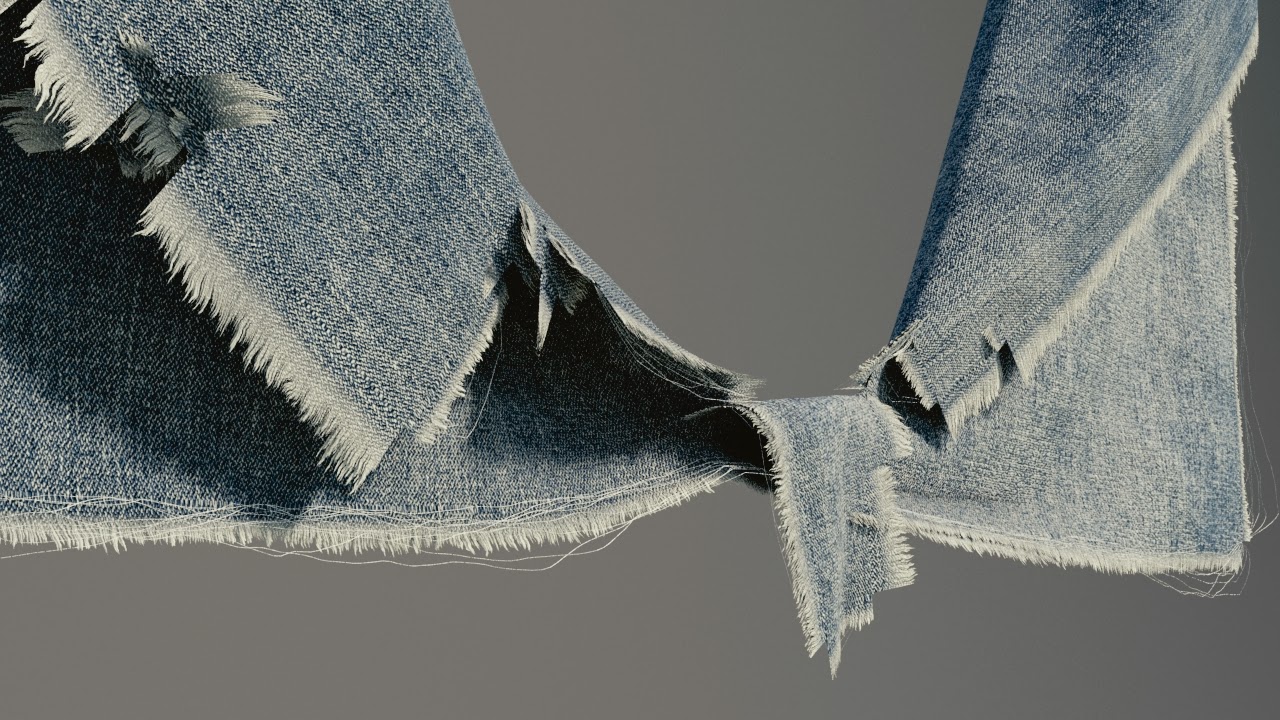Sidedraft
Party Escort Bot
- Joined
- Feb 8, 2014
- Messages
- 261
- Reaction score
- 67
So I've been thinking about all the great and modern games that still run off the original source engine (albeit updated and patched) and I started thinking: "What will source 2 engine bring to the table?" Source 1 seems to be (for the most part) a jack of all trades. And the only reason I'm actually making a whole thread about it is....because I literally can't think of much it could possibly have to offer and was wondering if any of you guys could. I mean, It has to have stuff to offer right?
Improved graphics is something really easy to think of, but they probably will be good, nothing jaw dropping amazing-and valve will slowly update as they need for new games and probably get a similar lifetime out of the new engine. Like they did with source 1 doing games from half life series all the way to portal 2 and csgo.
Can anyone think of some other benefits? because my brains pooped today.
Improved graphics is something really easy to think of, but they probably will be good, nothing jaw dropping amazing-and valve will slowly update as they need for new games and probably get a similar lifetime out of the new engine. Like they did with source 1 doing games from half life series all the way to portal 2 and csgo.
Can anyone think of some other benefits? because my brains pooped today.
Last edited:



